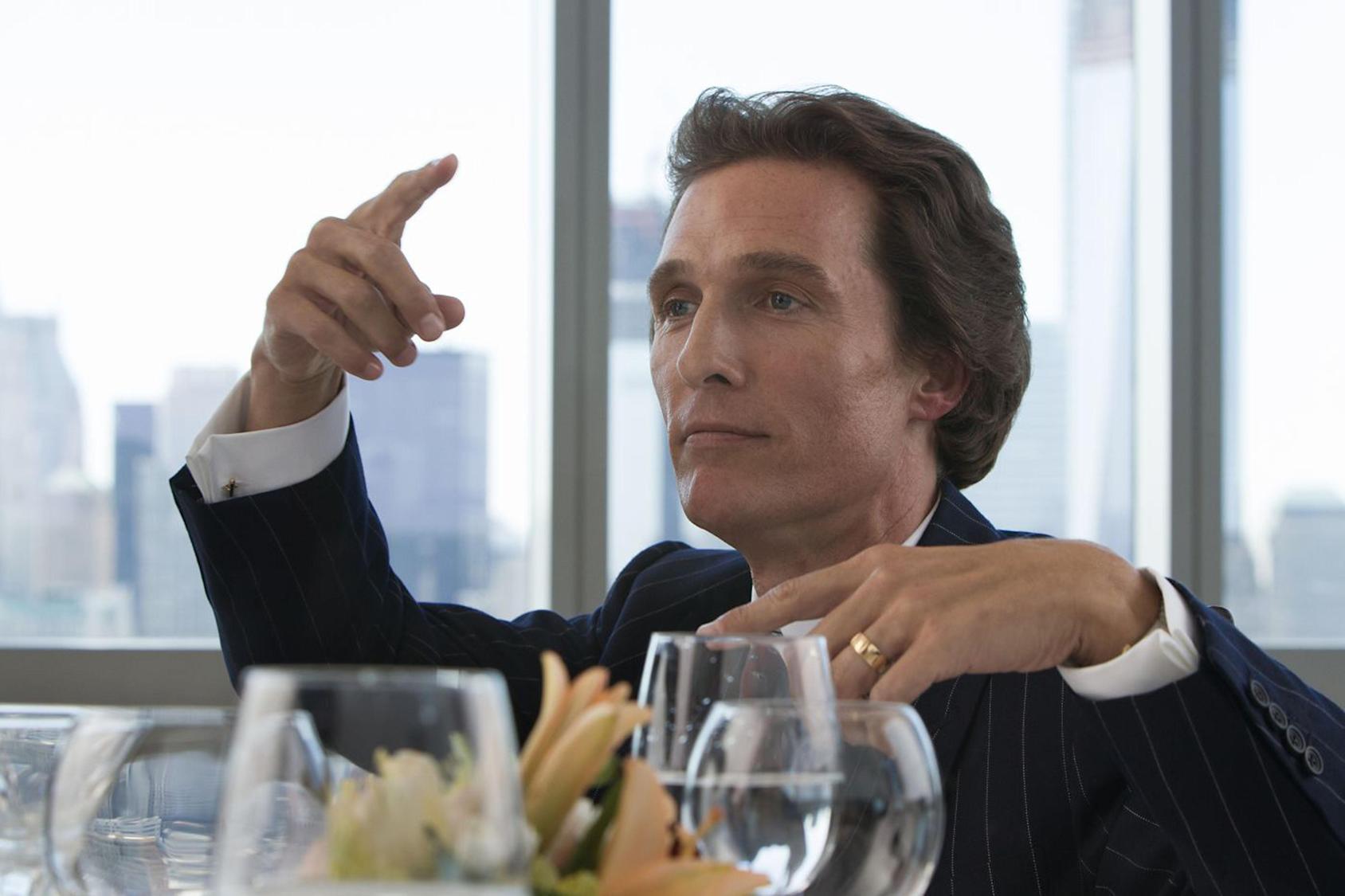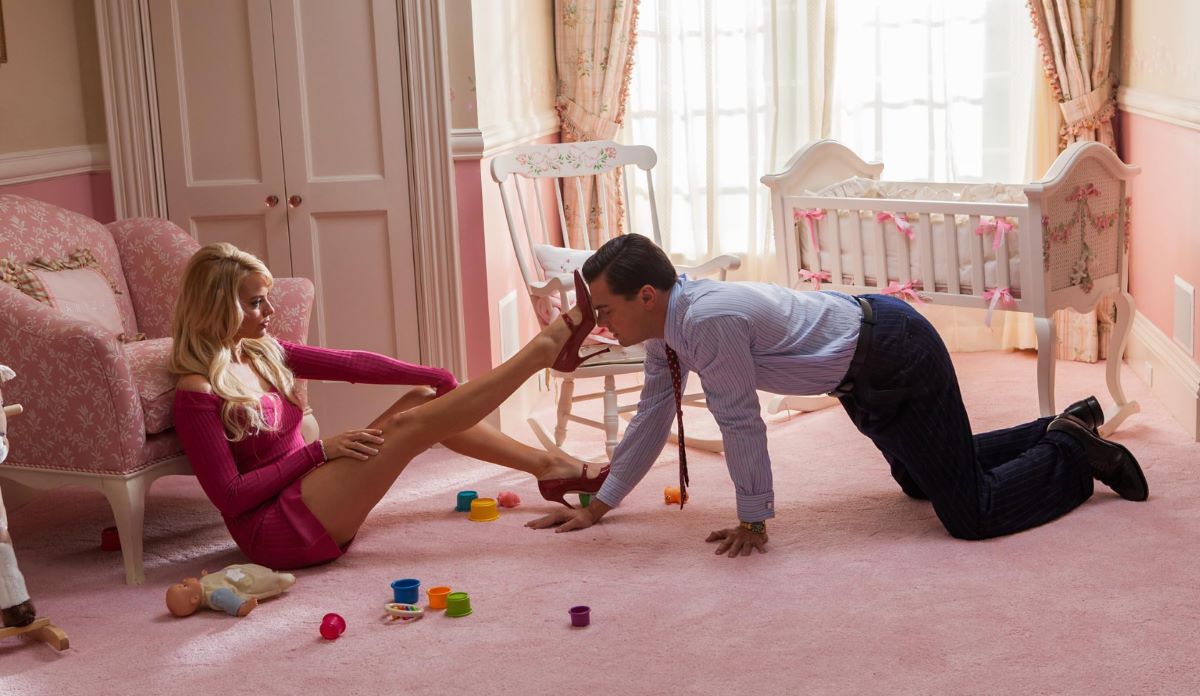Novelist of Nothing Natural, Jenny Diski, watches a video of the first Cape Fear and the Scorsese remake — and compares them
by Jenny Diski
What will the kids say of our time, when in thirty years from now they see Scorsese’s new version of Cape Fear? Perhaps, that although we understood the complexity of things, and the relativity of good and evil, we had no knowledge of the satisfactions to be had from the battle between light and dark on a human scale.
The original version of Cape Fear is pure film noir, one of those stories we tell ourselves on dark winter nights. It shows decent values under threat. The Bowden family is untouched by suffering, and as nice as the apple pie Peg Bowden undoubtedly makes for Sam and their cutely precocious daughter, Nancy. They’re wealthy, though not outrageously so, and they’re happy together in a simple, enviable way that’s as remote from passion as it is from divorce. There are no doubts and no clouds in the lives of the Bowdens until Robert Mitchum, barrel-chested, heavy-lidded and bad, takes the keys out of amiable, dull, puppet-wooden Gregory Peck’s ignition and reminds him who he is. It’s simple. You know where you are; the bad guy’s come along, and the family – The Family – is under threat.
Cady’s threat is sexual. He’s after Bowden through his wife and daughter, and the film makes it clear he’s a sadistic psychopath. He attacks a woman he’s picked up, and we hear from his own lips that he abducted and assaulted the wife who divorced him while he was in prison. What he does to them is literally unspeakable. No detail is shown or said, it is all shadow and implication, but we are allowed to suspect the worst our imaginations can come up with. What is stated, however, is that Cady is an ‘animal’ with a grudge. We have to fear the worst for the Bowdens, but the fear is not about death, it’s about defilement.
The problem, watching the movie thirty years on, is: what side are you on? There’s good and bad lined up against each other for a classic confrontation, and shouldn’t I be rooting for the insufferably smug Bowdens? Is it the effect of the passing years that makes me cheer on chaos, or is there fault in the balance of the original film that allowed only models of good and evil on to the public screen? Think of the hallucinatory Night of the Hunter, made not long before, when Mitchum’s evil met with a more interesting mix of flawed, weird, but determined humanity. See that film even now, and you don’t feel you’re in a moral time warp; there’s no doubt whose side you’re on.
So, roll on thirty or so years, and what does Martin Scorsese, make of Cape Fear? Scorsese doesn’t hide his intertextuality under a bushel. Mitchum is there, and so is Peck, in cameo parts that reverse their moral positions in the first movie, and neither of them resists a hammy wink at the way things have turned out this time. Scorsese has some fun (his Cady drinks nothing but Evian water throughout the film), but he’s a moral investigator, and three decades later things have changed on a grand scale.
Robert De Niro takes the part of Cady and turns Mitchum’s single-mindedness into a diabolical obsession. He is covered in biblical tattoos that warn of time and vengeance. The sexual danger is accompanied now by religious vehemence. He has become a man of learning as well as a man of iron. Body and mind are dedicated to revenge for the loss of his freedom. Scorsese and De Niro have cranked Cady up to the final notch of power and threat.
But for all De Niro’s sinister presence, it is the nature of his victims that has altered most interestingly. Bowden is no longer the man who put Cady behind bars. This time, Sam was Cady’s defence attorney. His crime, in Cady’s eyes, was that he buried evidence proving Cady’s sixteen-year-old victim was promiscuous. Cady might have got off, or got half the sentence. Bowden deliberately betrayed his oath as a lawyer in order to get a man he knew to be an “animal” off the streets.
Here, we’re in a debate about natural justice versus constitutional rights, and the simple good against bad tale of the earlier film has almost disappeared. We know that the right to an adequate defence is a fundamental of civilisation; we also know that Cady is too violent and vicious a creature to be allowed to roam free. We are implicated in a moral confusion at the heart of the movie, and Bowden is no longer simply a good man upon whom evil is unjustly unleashed. He is a much more modern hero, with a burden of ethical guilt. He faces not only violent retribution, but disbarment by his peers.
Cady’s sexual threat has been brought up to date, too. De Niro’s Cady is a man of our times, a post-Freudian laden with psycho-sexual knowledge. In the original film, Mitchum terrifies Bowden’s daughter in her empty school; we see her running away in panic while a male torso stalks her. The child is almost run over in her desperate attempt to escape. But De Niro doesn’t trap Bowden’s daughter (who is now fifteen), he entices her. In the deserted school theatre, set for a production of Little Red Riding Hood, he offers her sympathy for the troubles and unfairness of a teenager’s life – and a joint. He knows how misunderstood she is, how unhappy she feels at home; he’s the “Do Right Man”, he tells her, moving closer, and he’s on her side. In a scene that’s more disturbing than all the violence to come, he plays delicately with the girl’s confused, emergent sexuality. He holds her gently (while we hold our breath) and penetrates only her lips with his thumb, getting a tremulous mix of childlike trust and sexual excitement that makes the adolescent much more than physically vulnerable. Cady’s sexual threat is all the more unspeakable thirty years on because its range is so much greater, encompassing the mind and heart as well as the body.
The underlying theme of both versions of Cape Fear is the brittleness of civilised values. We come to see that Bowden’s rock-solid sense of lawful, civilised behaviour is no more than a veneer. Just a little chipping away, and the niceness and righteousness break apart, and then it’s down to a Hobbesian reality of kill or be killed. Civilisation is tested and must fail, that is the tragic centre of both movies, but while in the first film we observe the process of breakdown, in Scorsese’s version it’s clear that the cracks had appeared long before Cady arrived.
In the 1991 version, Bowden’s wife, a fidgety, sexually and emotionally unhappy woman, sees the inevitability of the test ahead of them. Before the final chaos comes down she tells Bowden, with curious acceptance, that she’d often wondered how strong or weak they really were, and that they have to go through the hell that Cady will make in order to find out. Thirty years earlier, there were no questions to be answered, no uncertainties, only inexplicable forces that attacked from outside. Since then, it seems we’ve learned that bad things are often shadows of ourselves.
But when judgment day comes in the remake, it’s wildly over the top. The swamp and storm of the earlier film become the watery ninth circle of hell, swirling and engulfing all the human participants. If Mitchum was hard to kill, De Niro is immortal. He becomes the avenging Angel, the Devil, the speaker in Tongues, the undead, that we all fear. Or, perhaps, so alienating and hysterical is the end, he just becomes Freddy, late of Elm Street. Disfigured, manacled, drowned, crushed, Cady keeps on popping up to remind us he’ll see us in our dreams.
Scorsese’s Cape Fear comes, finally, more to resemble Poltergeist or all those Damiens. The battle of the old black and white movies between good and bad on the small, but essentially human scale is lost. When De Niro becomes impossibly inhuman we lose the benefits of both the old simplicity and the new complexity. The family fights back against the chaos, but the force that threatens them is so monstrous that there is no moral satisfaction when they overcome it. Their triumph is arbitrary, not a result of having learned something.
It seems that as we have come to understand the flaws that run through all of us, so that good and bad are forever more or less relative terms, we have lost our belief in judgment. We know we have our faults, but the monsters out there waiting to get us belong on the big screen, shadow creatures of tricky camerawork. The more impossible they become, the less they have to do with us. De Niro might quote Dante to invoke the Inferno as his rightful home, but in the end it’s clear he really resides on Elm Street – and none of us lives there. Cape Fear is still one of those stories we tell ourselves on dark winter nights, but these days we come out laughing.
Sight and Sound, February 1992; pp. 12-13




